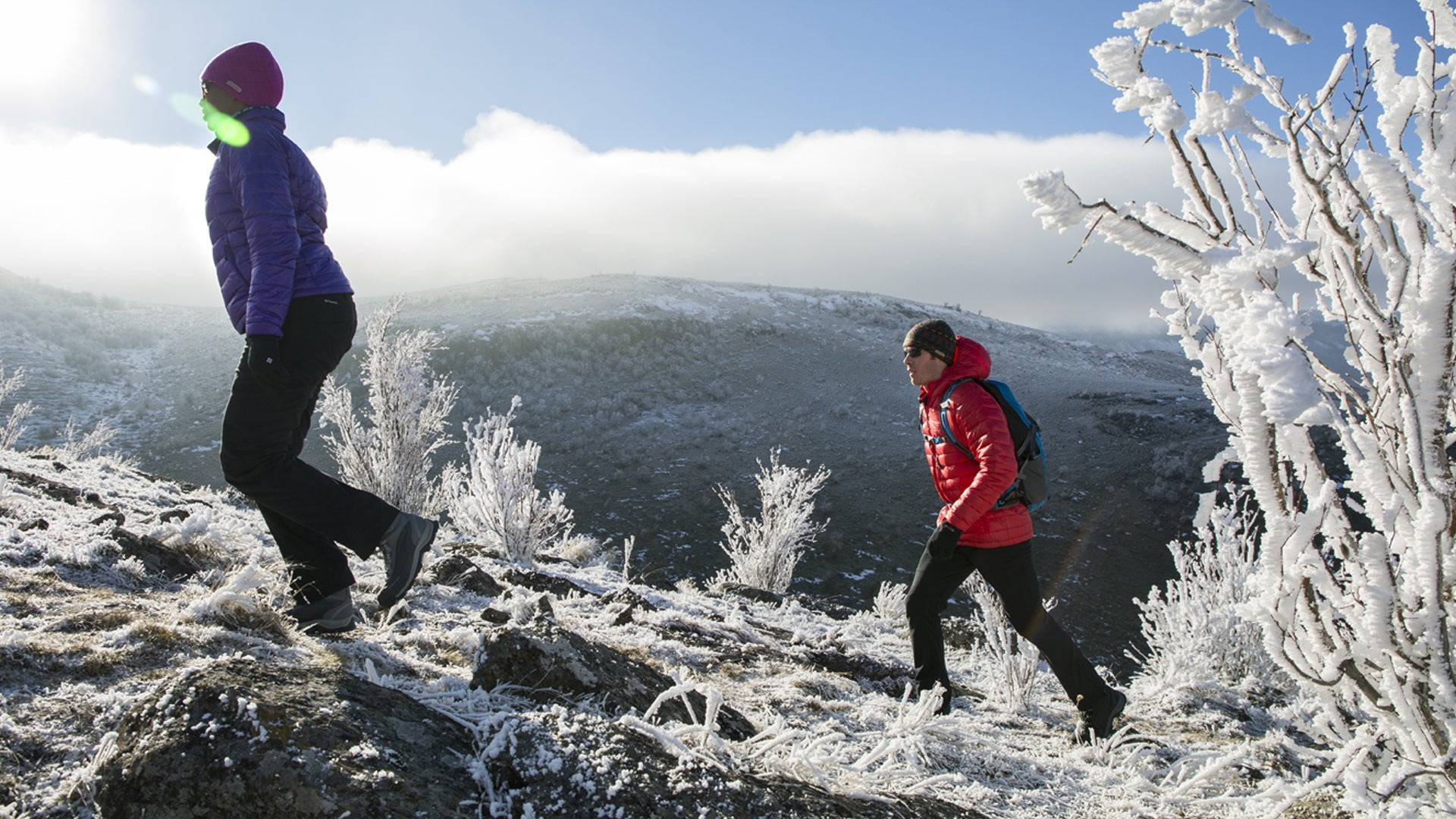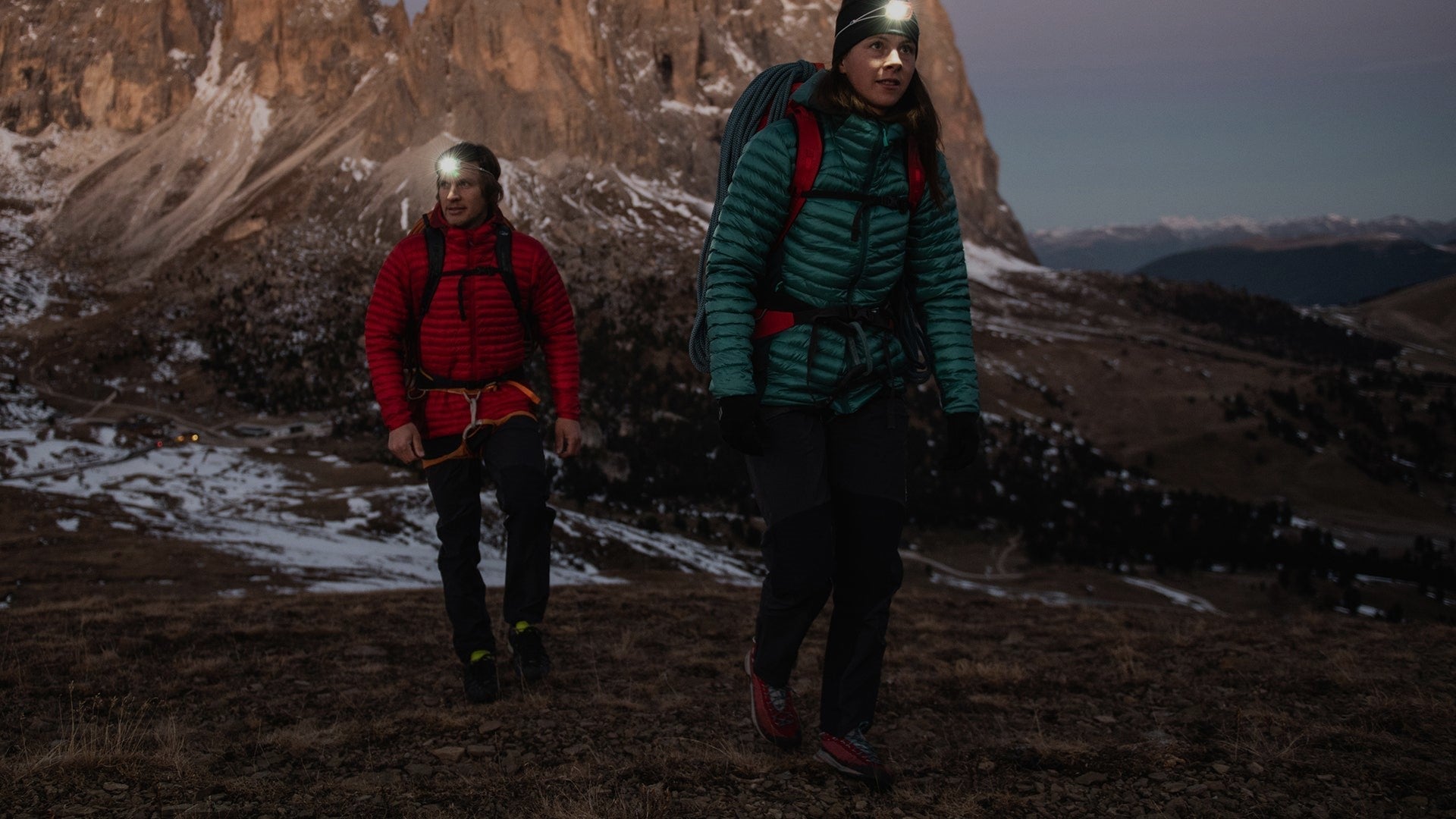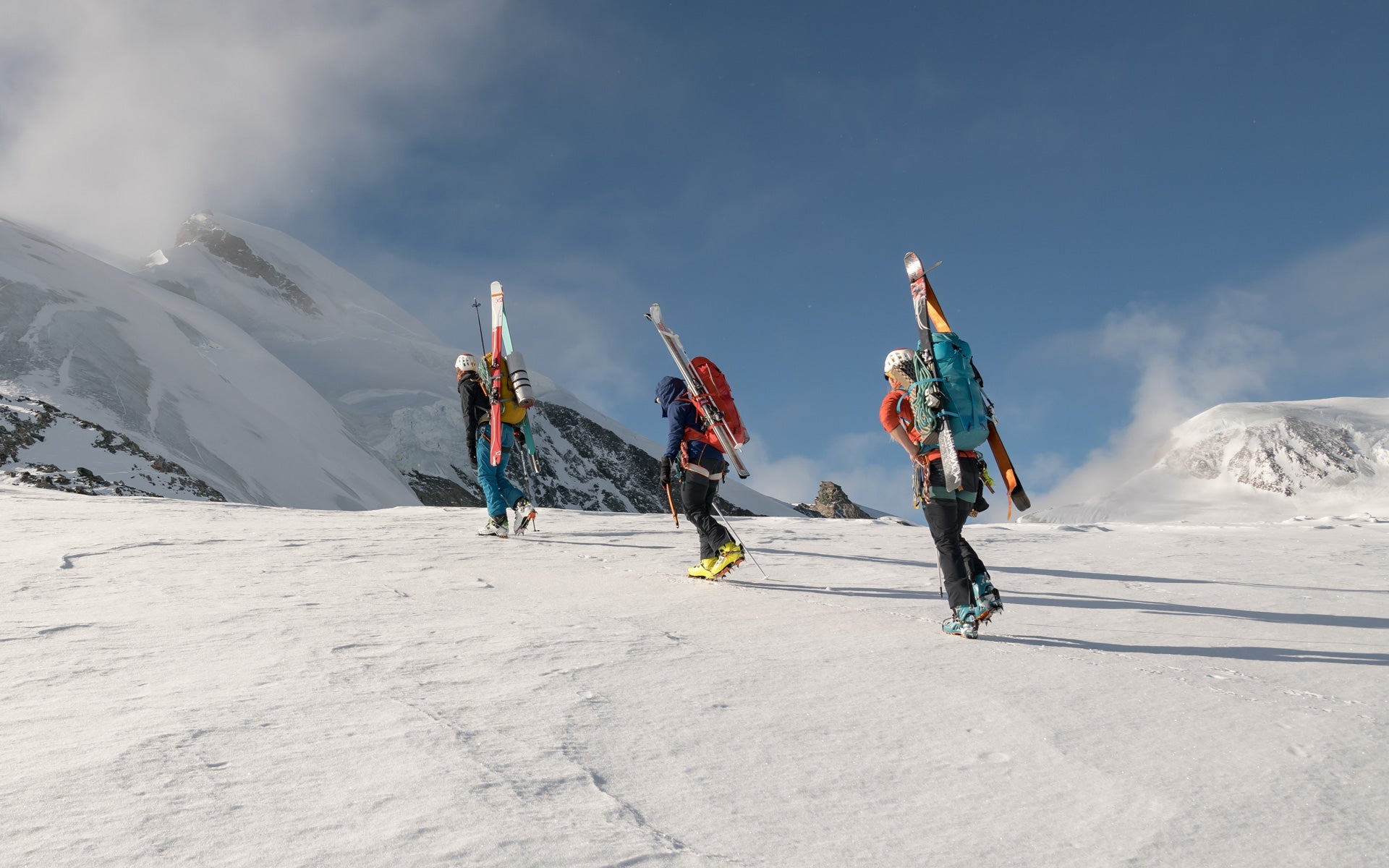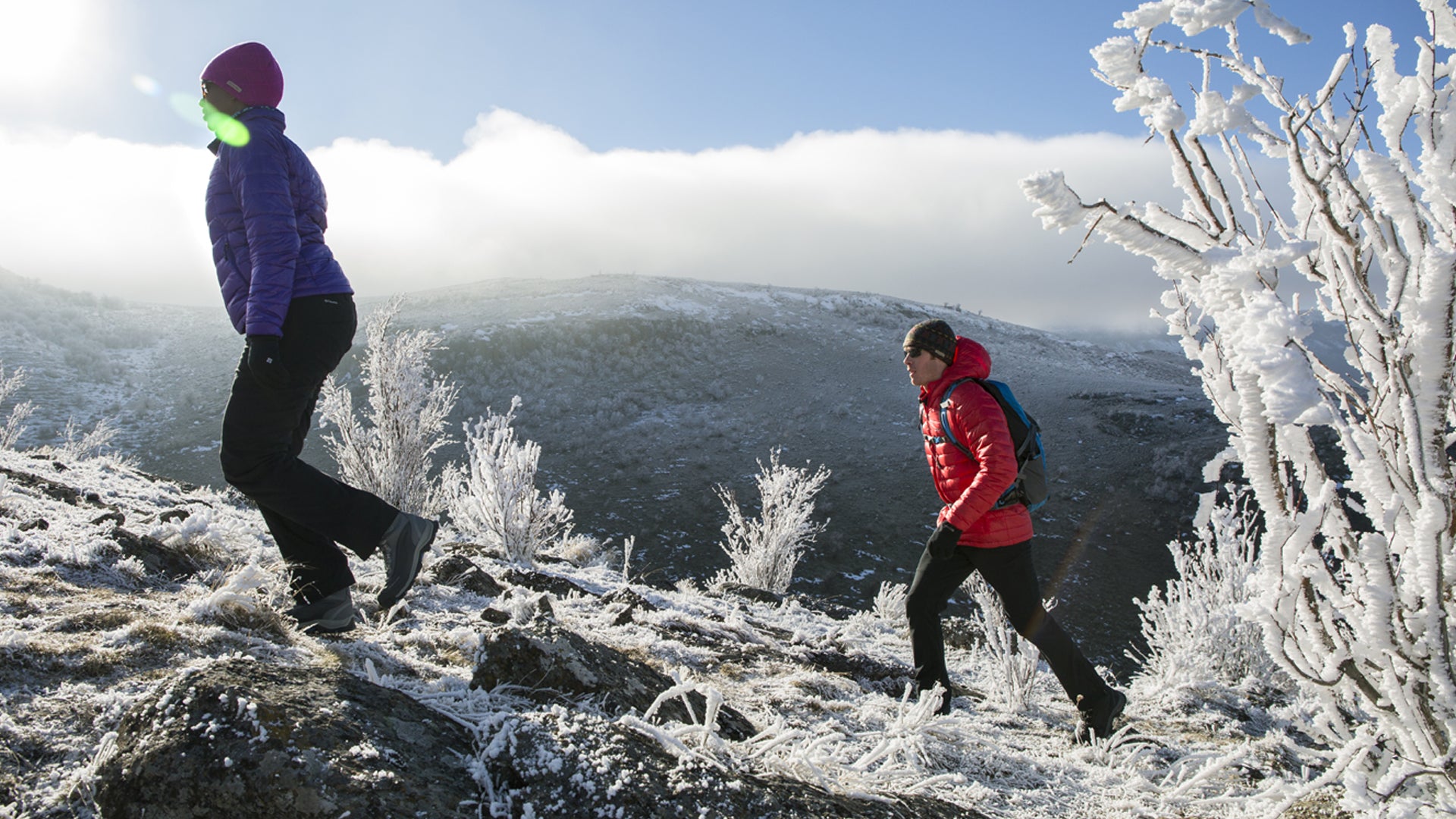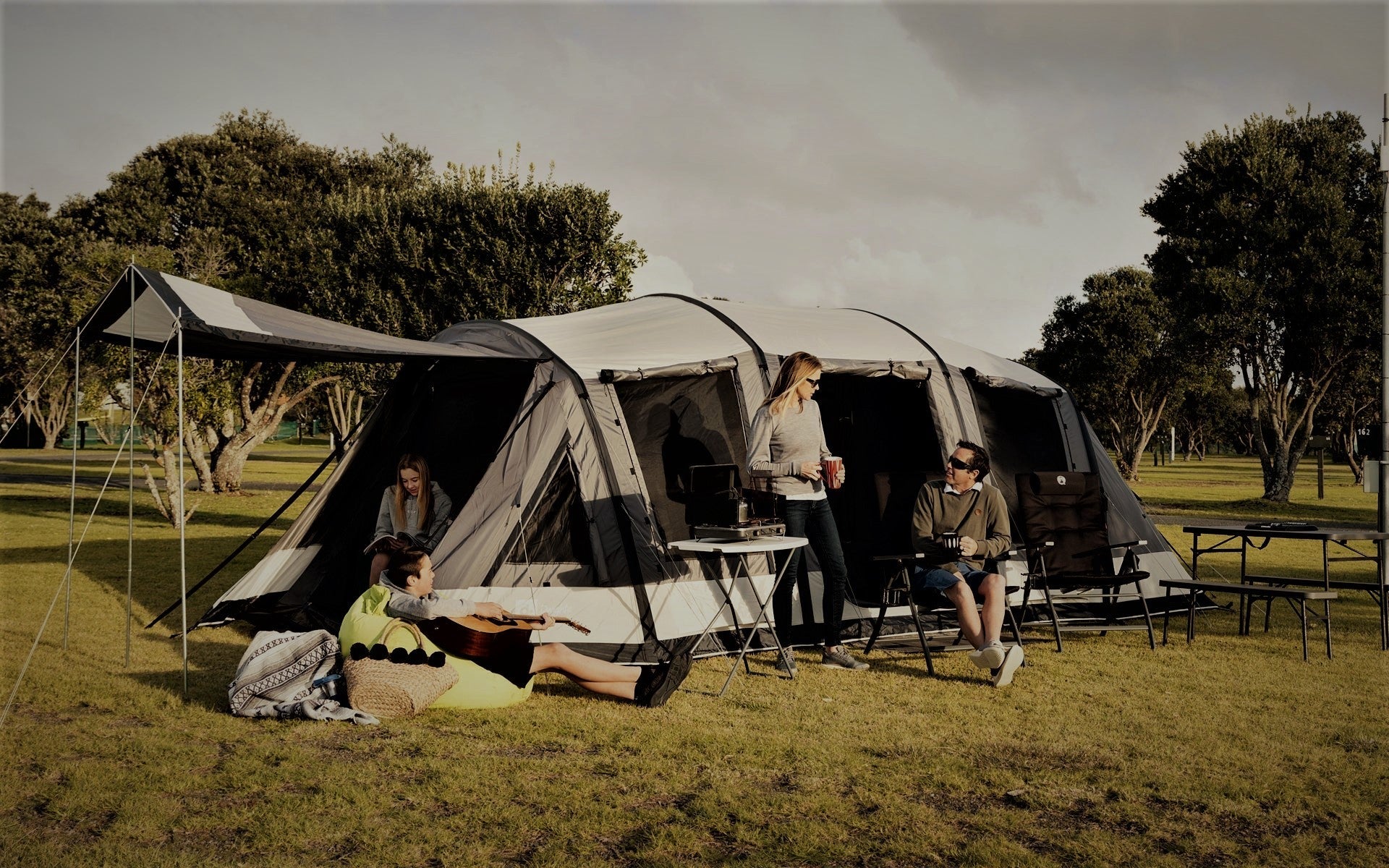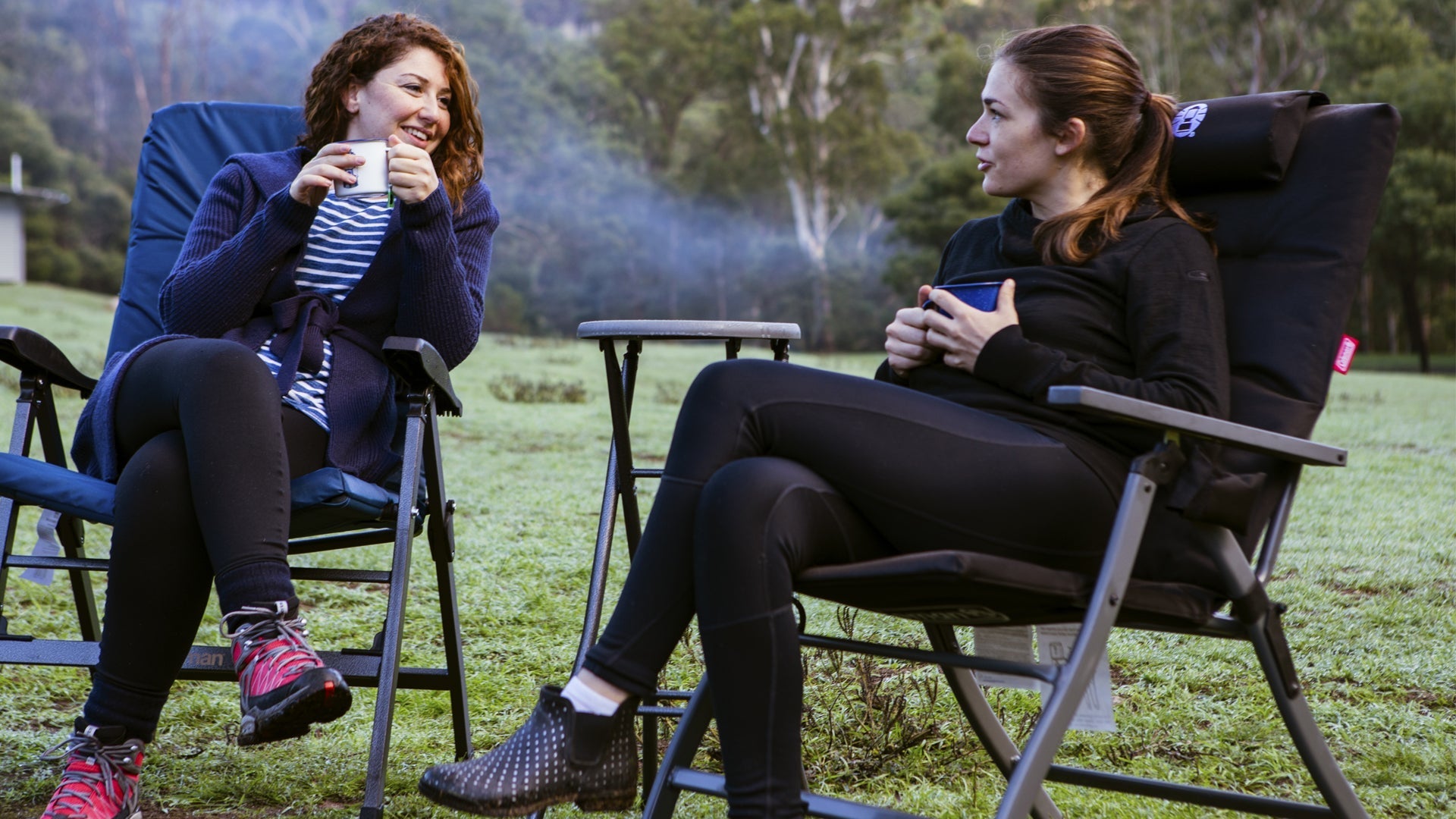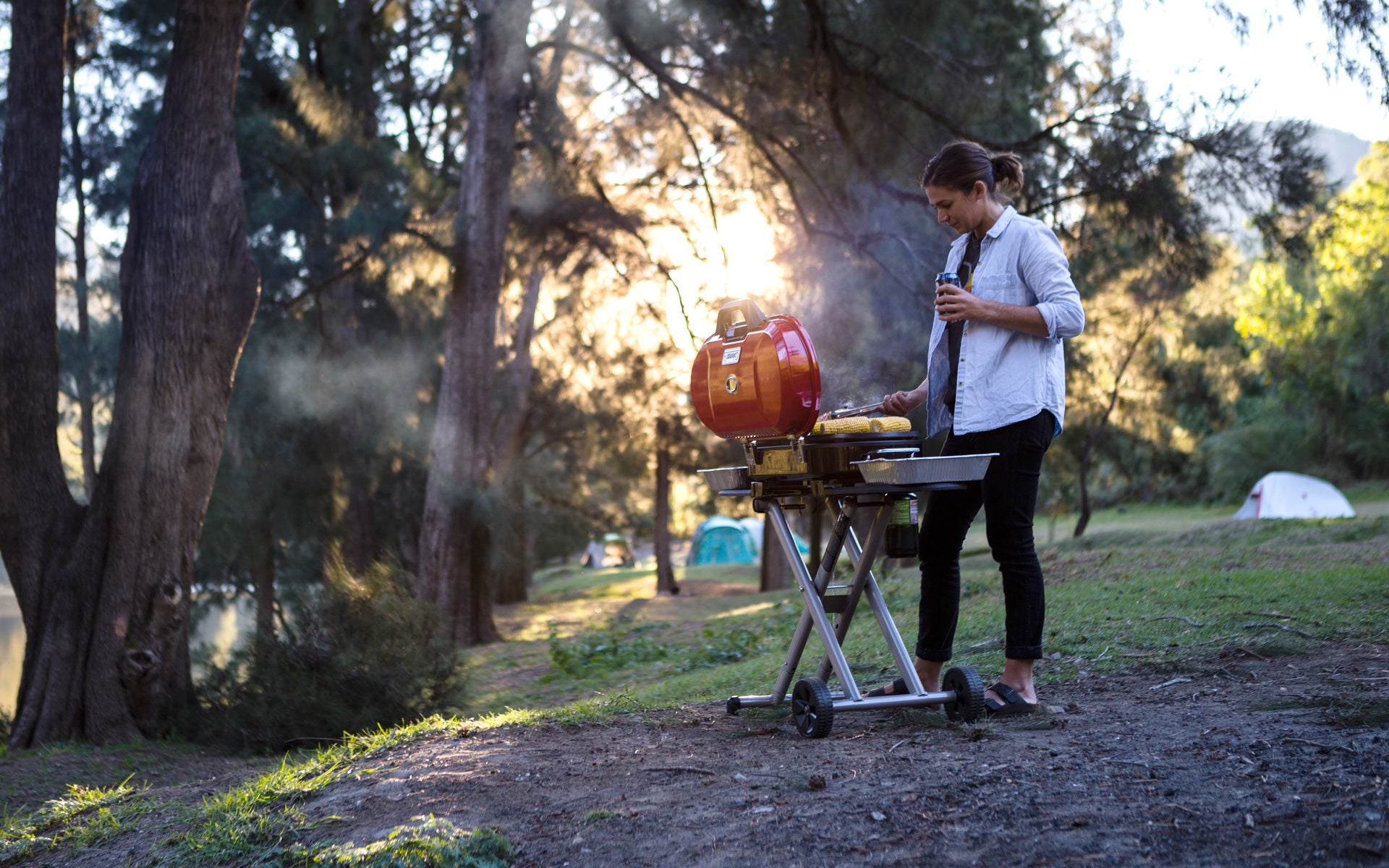Hiking Boots Guide - Tips to Choose the Best Hiking Boots
While out on an adventurous trek or camping, your shoes can mean the difference between a pleasant experience and an unpleasant one. Feet take a significant portion of the strain on excursions; hence, the walking boots should be comfortable, durable and of good quality.
Shopping for hiking boots should be a more well-thought decision as compared to other footwear. Since these are to be worn outdoors in extreme weather conditions, the shoes must suit your feet as well as the terrain. There are multiple hiking boots for men and women available on the market. However, not every pair would be an ideal fit for you.
Pro Tip: While shopping for hiking boots, use word of mouth purely as a guideline. Recommendations are helpful; however, they shouldn’t be the only deciding factor. Everyone’s feet are different, whether this is length, width or general pressure points.
The secret to happy trekking and outdoor adventure is happy and comfy feet. Regardless of whether you are mountaineering, trekking over rough rocks, or simply hiking on a trail, waterproof hiking boots keep your feet supported and comfortable throughout.
Given the wide variety of walking boots options available, choosing the best one can be confusing. You’ve got a lot of options in terms of styles, brands, sizes, and features that are important and should be your priority considerations.
Hiking and trekking activities can lead to severe ankle twists and injuries that can be prevented by wearing good-quality hiking boots. These boots are designed to offer solid ankle support and protect it from injuries on uneven rocky trails. The following are some tips that will help you choose the best hiking boots for your trip.
Explore the varied styles
Much like any footwear category, hiking boots are available in multiple styles suited for specific trekking types. For instance, basic hiking boots are ideal for casual hiking trips. However, if you are planning on traversing rocky or icy mountain paths, a special category of mountaineering boots is an ideal pick for you.
Knowing the trip location and climate can help you pick the right style of walking boots for your outdoor adventure. Some common types of hiking boots suited for varied needs are:
- Light hiking boots - These are a sturdy version of sports and running shoes that make for ultra-light hiking boots. These are ideal for day trekking and one-day hiking trips.
- Mountaineering boots - As the name suggests, these are highly durable pairs of hiking boots made to withstand extreme climate conditions and stand up against the toughest terrain.
- Backpacking boots - These are waterproof hiking boots made for a variety of terrains and can be worn for multi-day treks on and off the trail. Backpacking boots are most common in the hiking boots category that has stiff sole and durability to fight through varied climate conditions.
Explore the boot materials
Materials play a significant role when it comes to choosing the right hiking boots for men and women. A poor-quality or wrong material can make your feet moist, freeze, and prone to blisters. Hence, always look for the boot’s material and the comfort level it guarantees before making a purchase. Some commonly used materials in hiking boots are:
- Synthetics - Boots made of nylon and polyester are placed under this category that is lightweight and dries up easily when wet. However, water resistance is a key concern for these shoes as they are less water resistant.
- Split-grain leather - Another popularly used material for hiking boots, these are partially made of synthetics and leather. Despite being a highly breathable material, durability and resistance is average in the case of split-grain leather boots.
- Grain leather - One of the most durable and resistant materials, boots made of full-grain leather are ideal for rigorous trekking and hiking trips. They are capable of withstanding extreme weather conditions while keeping the feet protected.
Watch out for the cut
There are a variety of cut options available in hiking boots tailored to specific trails and terrains. Wrong-cut hiking boots can result in rolled ankles and serious leg injuries. Hence, consider the lands and climate of the region that you are planning to visit before picking the ideal hiking boots. Cuts in walking boots are mostly of three types:
- Low cut - Boots with low cut are ideal for casual treks and hiking and should be worn on trails that are well-maintained and have plain surfaces.
- Mid cut - Boots with mid-cut offer adequate ankle support and balance. You can expect a better buffer from debris while walking in mid-cut hiking boots.
- High cut - High-cut hiking boots are best for optimal ankle support and balance and can be worn on adventurous hiking trips with dangerous terrains.
Summing Up!
While going through these interesting factors of hiking boots, don’t miss out on the basics such as the fit, resistance, and insulating properties. Don’t compromise on the fit and resistance properties of the walking boots as they chiefly determine comfort and your experience throughout the trip.
In short, the best hiking boots for women and men should be a comfortable fit that has a snug fit at the heels and enough room for toes wiggling in the front. Following this comes the shoe materials, fit types, and hiking needs that may influence your buying decision.
At Dwights Outdoors, you can shop from a wide range of brands that offer premium quality hiking boots for both men and women. Well, don’t forget to consider the above factors before placing your order.
Frequently Asked Questions
1. Can you use hiking boots as work boots?
Hiking boots can be used at work sites owing to their flexibility and offered support. All of our boots are comfortable and durable with great soles. However, it is important to note that nothing we sell are steel toe boots.
2. Are there additional benefits to heavy boots for hiking?
Heavy hiking boots for men and women are designed to offer extra protection while supporting the entire foot, not just the ankles. Heavy hiking boots are equipped with rigid shanks that support your body weight and assure comfortable hours of hiking on rough trails and terrain. This is great for more technical or less well maintained tracks.
3. Are there any alternatives to hiking boots?
Although hiking boots are essential to ensure protection and comfort, one can also wear regular running shoes or trail shoes for a mild or short hiking adventure. Whilst they’re amazingly comfortable, they don’t provide the same support as a boot would, so we’d usually recommend boots as a more well-rounded option.
4. Are winter insulated hiking boots wearable in summer?
Yes, winter insulated hiking boots are wearable in summer; however, they should be minimally padded across the ankle regions. Lightly-constructed winter summer hiking boots are available that are comfortable to wear in both seasons.
5. How to choose a good hiking boot?
There are multiple points to consider while choosing a good hiking boot such as water resistance, breathability, cushioning, stiffness, and insulation properties. Other than the boot’s material characteristics, one should also be particular about the fit and cut style of the boots that are tailored to specific hiking trails and terrains.




